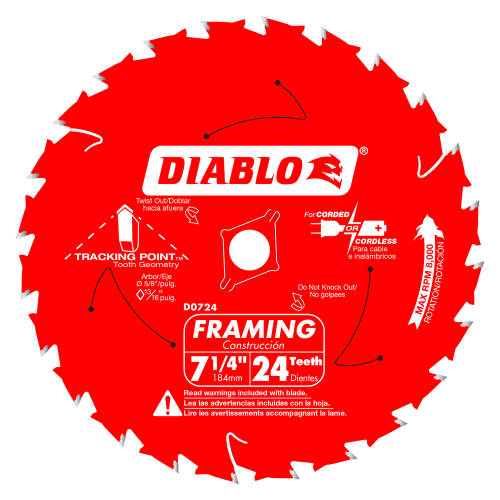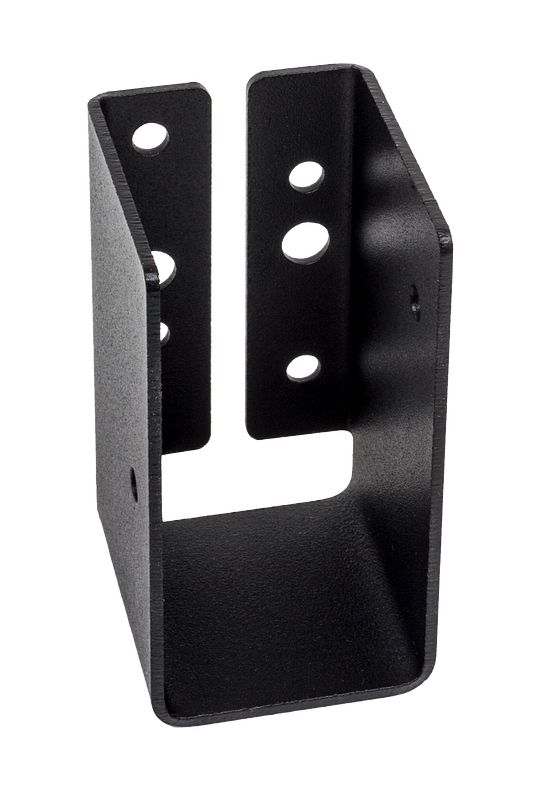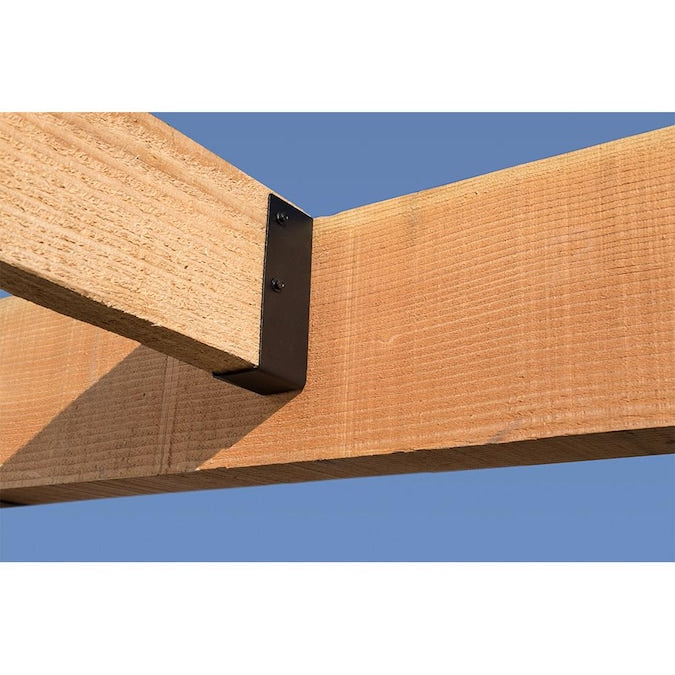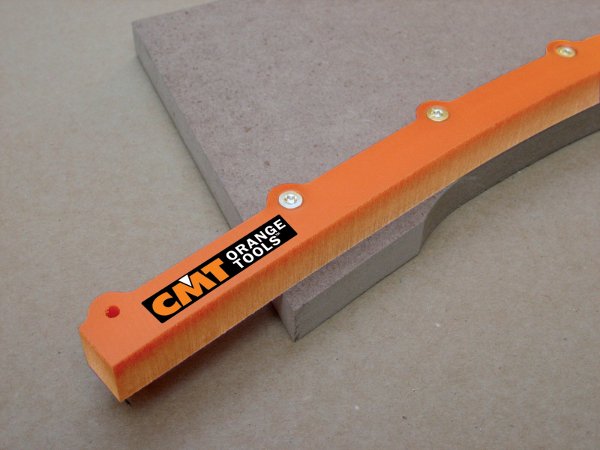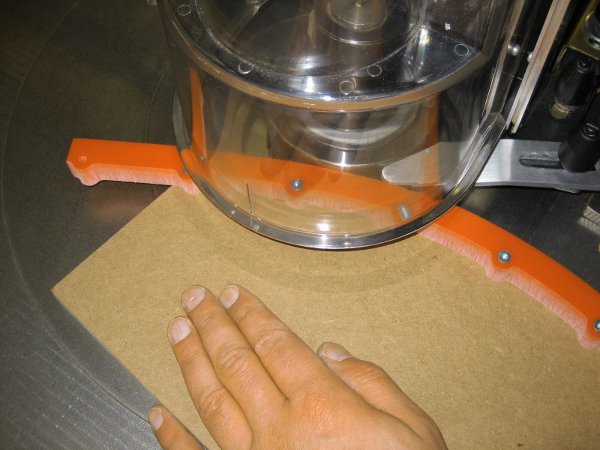If you're planning to build a deck or replace the existing deck boards, one of the crucial aspects to consider is the number of screws you'll need. Properly securing deck boards is essential for a sturdy and long-lasting deck. In this article, we will guide you on how many screws for deck boards you will need, ensuring a secure and reliable structure. Whether you're a seasoned DIYer or a beginner, these insights will help you complete your deck project with confidence.
Why Are Screws Important for Deck Boards?
Screws play a vital role in the installation of deck boards, providing stability and preventing movement and warping. They ensure that the deck boards are securely attached to the joists, preventing gaps and potential hazards. Additionally, screws allow for natural expansion and contraction of the deck boards due to temperature and moisture changes, reducing the risk of cracking or splitting.
Determining the Number of Screws Needed
The number of deck screws required for deck boards depends on various factors, including the size and spacing of the deck boards, joist spacing, and the desired level of structural integrity. While there is no fixed rule, a general guideline is to use at least two screws per joist per deck board. This ensures sufficient attachment and minimizes the risk of sagging or warping over time.
For narrower deck boards (less than 6 inches wide), it is recommended to use three screws per joist, evenly spaced. This additional screw provides extra stability and helps prevent cupping or twisting. On the other hand, wider deck boards (greater than 6 inches wide) may require four screws per joist to ensure optimal support and minimize the risk of movement.
Spacing Guidelines for Screws
Apart from the number of screws, the spacing between the screws is equally important for a secure deck board installation. Aim to position the screws equidistant from each other along the length of the deck board. Generally, spacing the screws around 16 inches apart provides adequate support and stability.
However, it's crucial to follow the manufacturer's recommendations for your specific decking material. Some materials may require closer screw spacing, especially those with higher susceptibility to expansion and contraction. Always consult the decking manufacturer's guidelines to ensure you're using the appropriate screw spacing for optimal performance.
Selecting the Right Screws
Choosing the right screws for your deck boards is essential to ensure durability and structural integrity. Stainless steel or coated deck screws are popular choices due to their corrosion resistance, which is crucial for outdoor applications where decks are exposed to various weather conditions. These screws are less likely to rust, ensuring a long-lasting and visually appealing deck.
Additionally, opt for screws with a thread designed specifically for decking projects. These screws have special features, such as self-drilling or self-tapping capabilities, which make installation easier and faster. They also provide better holding power, reducing the risk of screw breakage or damage during installation.
Achieving a Sturdy Deck with Proper Screw Placement
Building or renovating a deck involves attention to detail, and securing the deck boards with the right number of screws is essential for its structural integrity. While the exact number of screws will vary based on board width, joist spacing, and material type, a general guideline of two screws per joist is a good starting point. Remember to follow the manufacturer's recommendations for screw spacing and utilize corrosion-resistant screws designed specifically for decking projects.
By adhering to these guidelines, you can ensure that your deck boards are securely attached, minimizing the risk of movement, warping, or potential hazards. Enjoy the satisfaction of a well-constructed deck that stands the test of time and provides a beautiful outdoor space for years to come.


